There's a running joke in the sewing community about having a "fabric stash" that could rival a small boutique. We laugh about hiding new purchases from our partners or how we'll need several lifetimes to sew through what we already own. But behind the humor lies a common struggle: fabric hoarding.
Why We Buy More Fabric Than We Need
The psychology behind fabric hoarding is complex. Beautiful textiles speak to us on a visceral level—the colors, textures, and patterns create endless possibilities in our minds. Each piece represents not just material, but potential: a gorgeous dress for summer, the perfect fall jacket, or that cozy quilt you've been meaning to make.
Fabric shopping provides an immediate creative high without requiring the time commitment of actual sewing. It's the promise of future creativity without the work. Plus, sales, limited editions, and the fear of missing out drive us to purchase "just in case" we need it someday.
There's also the sentimental attachment. That silk from your trip to Japan or the cotton print that reminds you of your grandmother's kitchen curtains—these fabrics tell stories and hold memories that make them difficult to cut into.
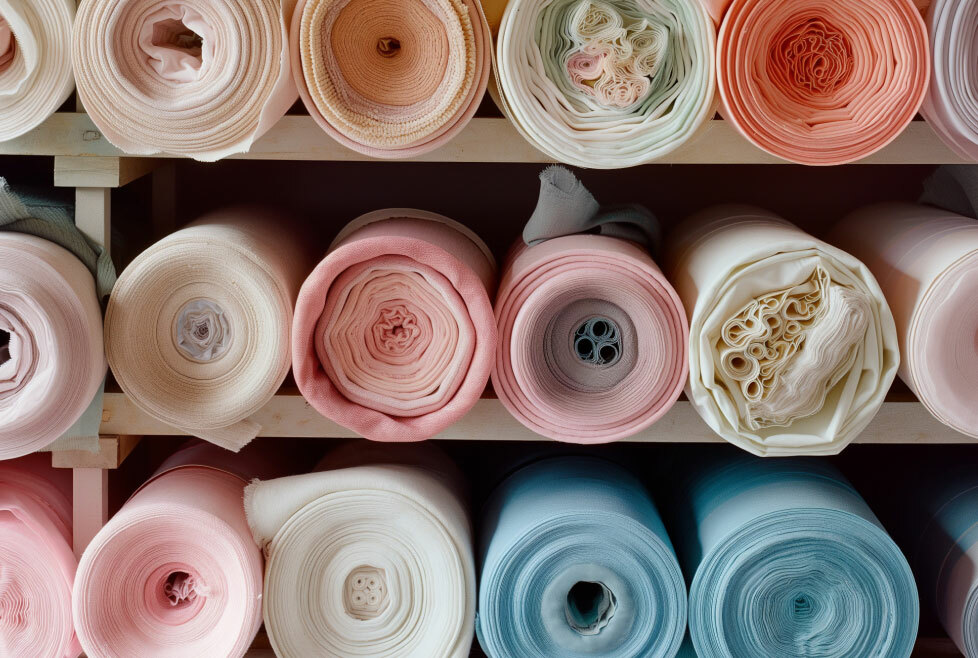
Setting Boundaries to Prevent Overspending
Creating healthy boundaries around fabric shopping isn't about punishment—it's about aligning your purchases with your actual sewing practice. Without clear limits, it's easy for fabric buying to become disconnected from sewing itself, leading to overwhelm, guilt, and financial strain.
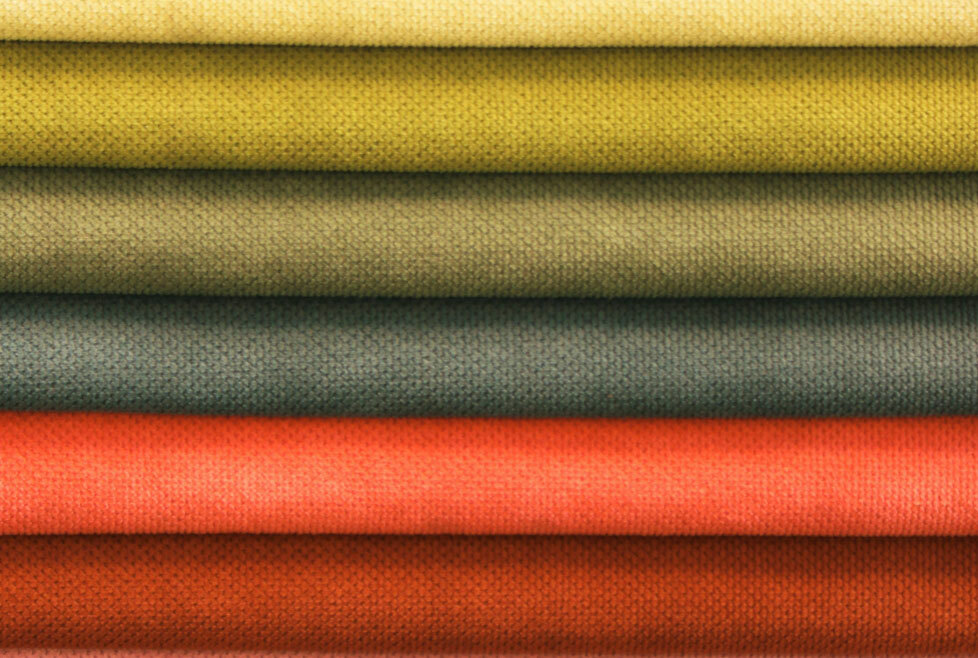
Setting boundaries helps transform fabric from a collectible item into what it's meant to be: a material for creative expression. When your stash becomes manageable, you'll find renewed inspiration and excitement for your projects.
5 Simple Rules to Manage Your Fabric Stash
Rule 1: Implement a One-In, One-Out Policy
Before bringing new fabric home, commit to using or removing an equivalent amount from your existing collection. This creates a natural ceiling for your stash size and encourages you to evaluate each new purchase more carefully.
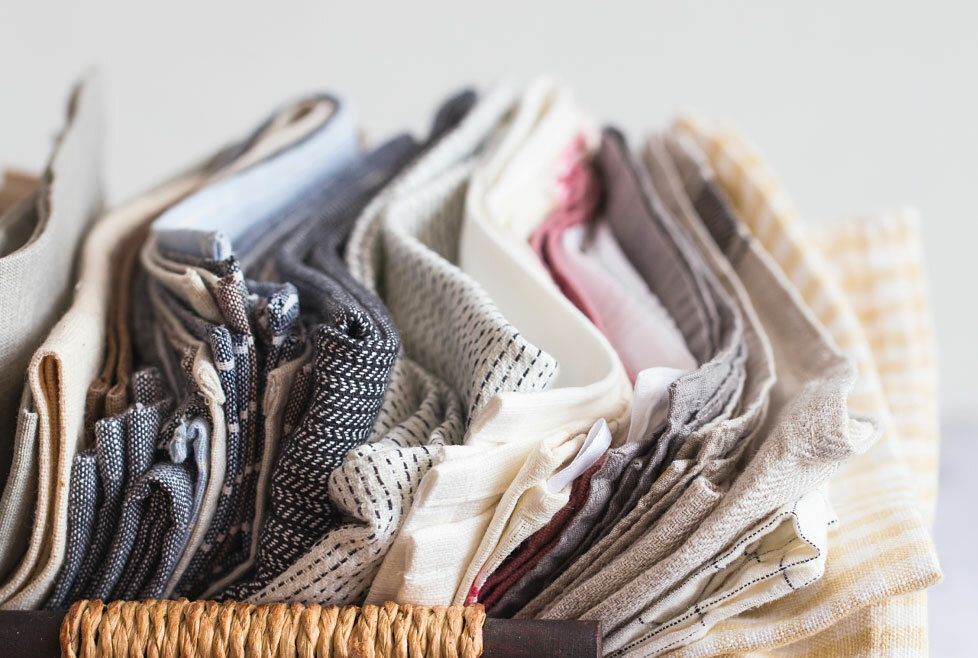
Make it work by keeping a "next to sew" box near your machine. Each time you buy new fabric, immediately select something from your stash to add to this priority box, creating a visual reminder of your commitment.
Rule 2: Create a Project-Based Shopping List
Shop with intention by only purchasing fabric for specific, planned projects. Create a list of upcoming makes with detailed requirements for each, including yardage and fabric type.
When you encounter a beautiful fabric without a plan, ask yourself: "What would I make with this right now?" If you can't answer immediately or realize it doesn't fit your current wardrobe needs, it's probably best left at the store.
Here’s what I do: Each season, I plan a queue of projects to sew using the Design Your Wardrobe process. I love designing all my projects as a collection like this.
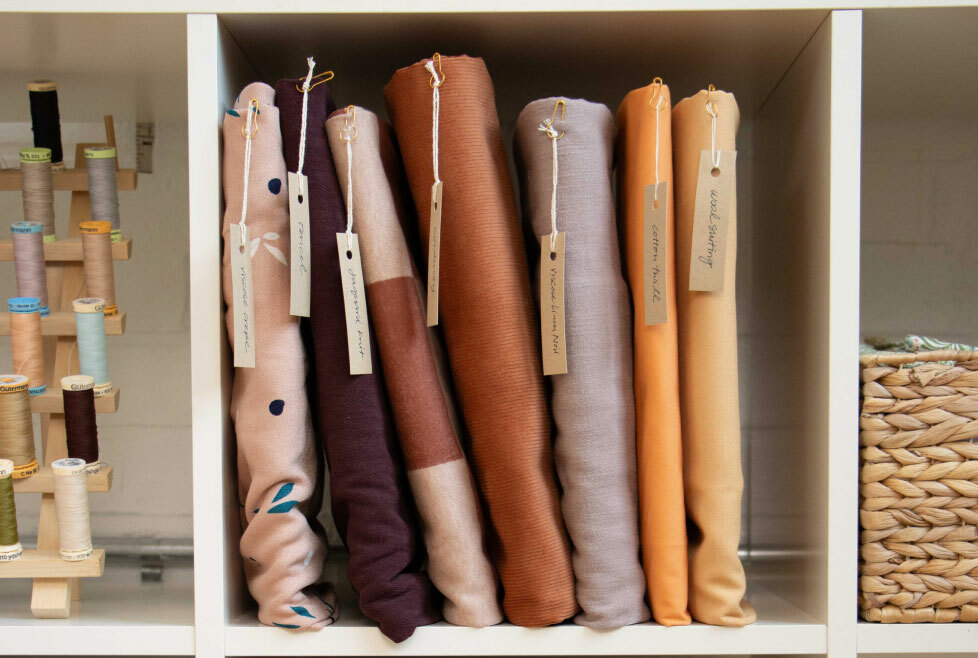
One part of the Design Your Wardrobe process is creating a palette of fabrics to sew with. I always take this opportunity to shop my stash first, and then buy anything specific I need for upcoming projects. Once I’m dong. I have an exact palette of fabrics for the season, and only make new purchases if I have a project coming up for it.
If you want to try this design process for yourself, the Summer session of Design Your Wardrobe is open for sign ups right now!
Rule 3: Institute a Cooling-Off Period
For non-urgent purchases, implement a 48-hour waiting period. Take a photo of the fabric and its details, then walk away. If you're still thinking about it two days later and can envision a clear purpose for it, then consider going back.
This simple pause helps distinguish between momentary impulses and genuine creative needs, often revealing that what seemed irresistible in the moment doesn't actually inspire you days later.
Rule 4: Schedule Regular "Shop Your Stash" Sessions
Set aside time monthly to reorganize and rediscover what you already own. Pull everything out, fold it neatly, and group fabrics by type or project potential. This process often uncovers forgotten treasures and sparks new project ideas.
During these sessions, create fabric bundles that go well together, or match patterns with fabrics. Take photos of these pairings and keep them in a "Next Projects" album on your phone for inspiration when the urge to shop strikes.
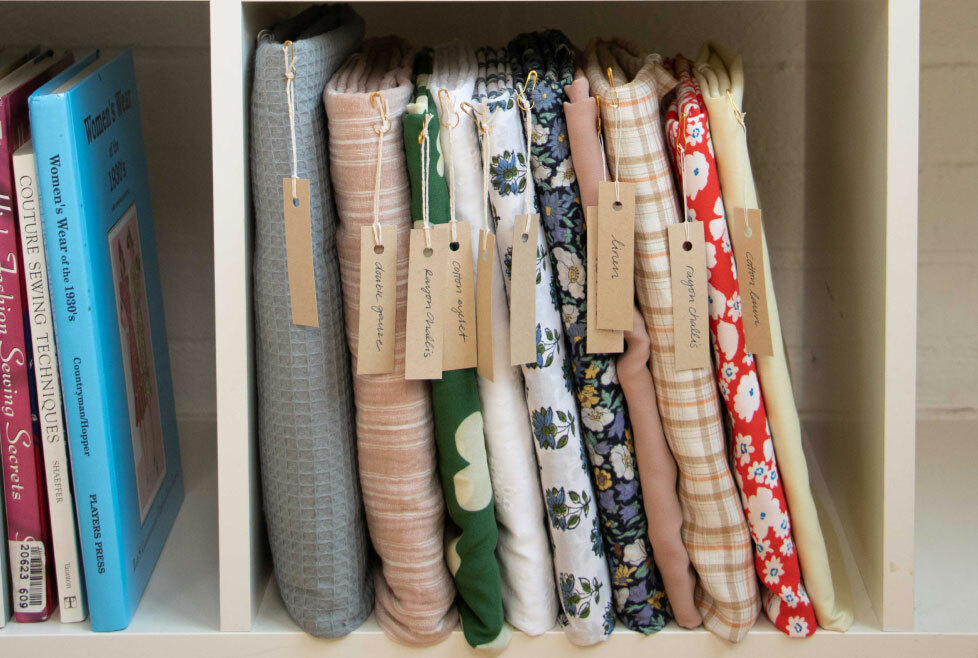
Rule 5: Track Your Actual Sewing Rate
Be honest about how much you actually sew in a given time period. If you complete one garment per month, you realistically need no more than 12 garment lengths of fabric in your stash at any time (plus perhaps a small buffer).
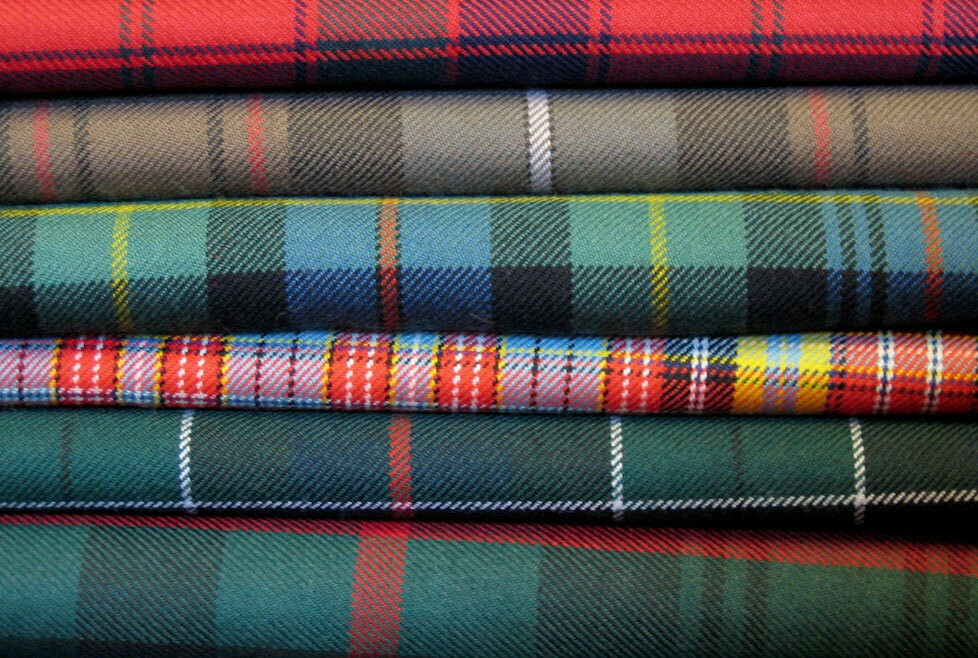
Create a simple spreadsheet tracking fabric in versus projects completed. This data provides a reality check when you're tempted to add "just one more" piece to your collection.
Bonus Tip: Create a Fabric-First Inspiration System
Rather than starting with patterns and then buying fabric, reverse your approach. Begin regular sewing sessions by "auditioning" fabrics from your stash. Pull out three pieces that call to you, then find patterns that would work well with them.
Pin these fabric-pattern matches to an inspiration board where you'll see them daily. This keeps your existing materials front-of-mind and builds excitement for using what you already have.
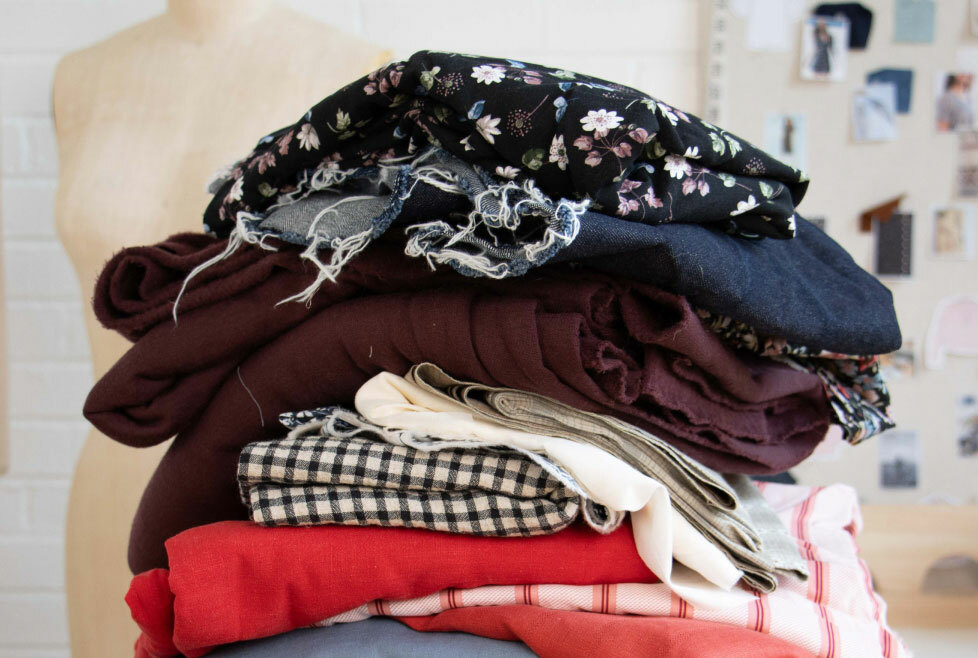
Remember, the goal isn't to stop buying fabric altogether—it's to create a healthier relationship with your materials where purchasing and using remain in balance. When you sew with intention and buy with purpose, your fabric collection becomes a source of joy rather than anxiety. Your creativity flourishes when you're surrounded by materials you truly love and can actually use, rather than an overwhelming mountain of possibilities.
What simple rule might you implement this week to begin transforming your relationship with your fabric stash?
